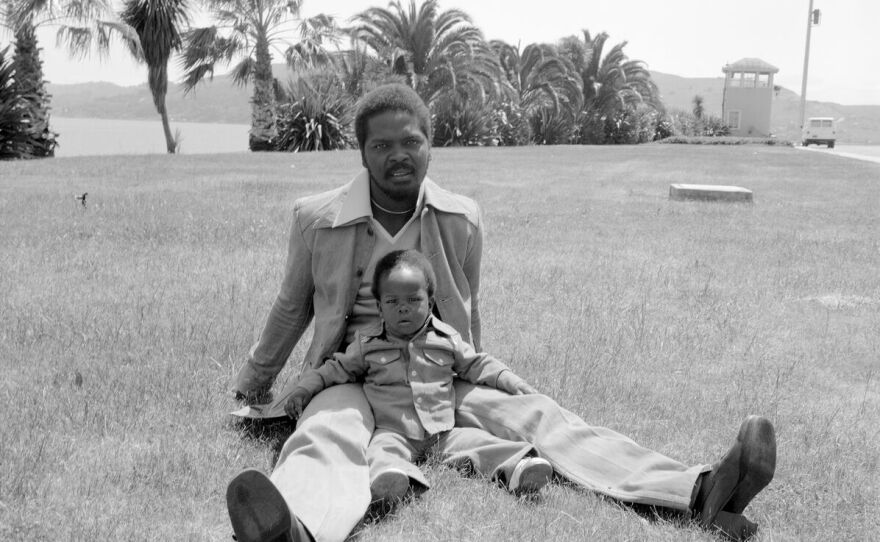There are a lot of depictions in popular culture of prison life such as shows like Orange Is the New Black or movies like The Shawshank Redemption. However, pop culture gets some things right and many others wrong.
One more recent depiction tells the story of prison life in a way that offers an uncommon view of life behind the walls. Ear Hustle is a podcast that is co-produced by artist Nigel Poor and Earlonne Woods, an inmate at San Quentin State Prison in California. The podcast, which has just finished its second season, records in a media lab in the prison with the cooperation of both inmates and prison officials.
"One of the assumptions people have on the outside is that life in prison is all depressing and dire and violent ... All the things that happen on the outside, happen on the inside, and we would be doing a terrible job if we only told stories that were depressing and violent. We're allowing people to be three dimensional and complicated," Poor said.
"One of the assumptions people have on the outside is that life in prison is all depressing and dire and violent ... All the things that happen on the outside, happen on the inside."
Poor’s background, though, is in photography, and she is now curating a cache of historic photographs taken in the prison well before podcasting existed. She's planning an unnamed exhibit of these photos to open at the Milwaukee Art Museum in the fall.
The photos, along with the podcast, says Poor, tell the story of prison life in a way that popular culture doesn't.
"There are so many preconceived notions about who's incarcerated and what happens inside of prison. And most of us, even people who feel they are thoughtful, have opinions that are based on pretty bad television and TV and unfortunately, bad reporting in the general media," she notes. "So, we come to it with a lot of prejudice, a lot of fear, and that allows us to distance ourselves from people who need our attention."
The photos in the exhibit are not taken as artistic expressions of life in prison, but rather from prison staff, taken as evidence of the goings-on at San Quentin. Poor believes this is a key reason the photographs need to be shared.
"I think it is our right, as citizens who actually pay through our taxes to keep prisons open — that we understand what happens inside of them," she explains.










